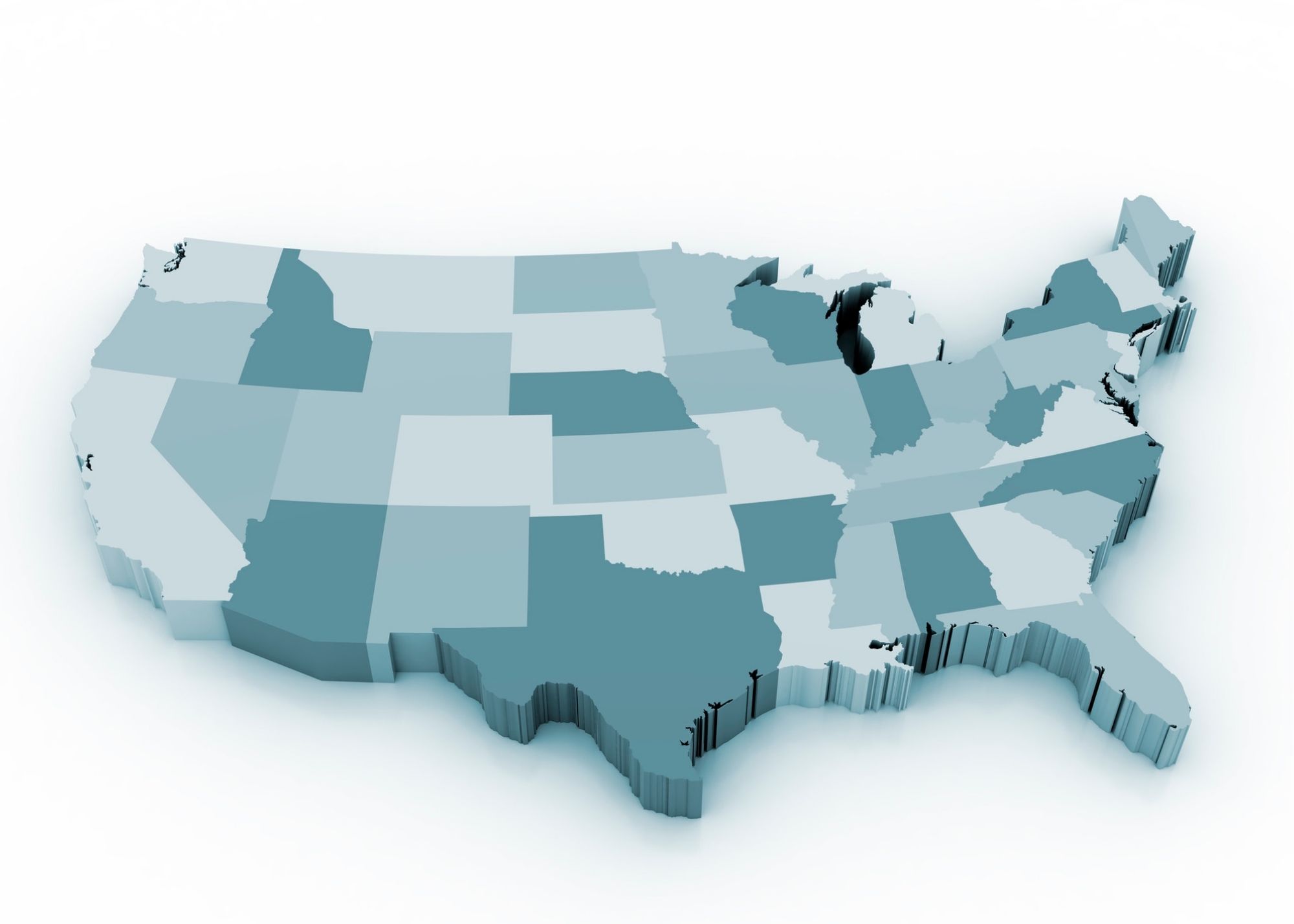Legislative Effectiveness in the American States
Overcoming significant barriers that have previously limited scholarly research on the legislative effectiveness of individual state legislators, the Center for Effective Lawmaking is able to announce exciting new progress! Building on innovative approaches that CEL researchers have used in recent studies of the U.S. Congress, we have developed State Legislative Effectiveness Scores (SLES) for state legislators across 97 legislative chambers over recent decades. And the results unearth more questions we encourage scholars and researchers to explore with renewed vigor.
Our SLES is based on the number of bills state legislators sponsor, how far those bills move through the lawmaking process, and their substantive importance. We then offer three illustrations of the immense opportunities these scores provide for new scholarship on legislative behavior.
First, we show that majority-party lawmaking influence is linked to ideological polarization and to electoral competition for chamber control. Second, we identify the varying lawmaking challenges faced by female legislators across different state legislative chambers. And third, we show how institutional design choices – from legislative rules to the scope of professionalization – affect the distribution of policymaking powers across the states.
“We are excited to share this research breakthrough,” says the paper’s coauthors and Center for Effective Lawmaking co-directors Craig Volden and Alan Wiseman, “as we believe that these scores – by themselves, aggregated to the chamber level, or broken into their various components – can be used to shed light on a number of pressing concerns about legislative politics.”
Identifying cases where the lawmaking process is innovative and inclusive offers hope and guidance for reform efforts in Congress and across the states. Such guidance helps move us toward the CEL vision of legislatures comprised of effective lawmakers, strong institutional capacity, and the incentive structure needed to address America’s greatest public policy challenges.
Read our the working paper on effective lawmaking in the states here.



